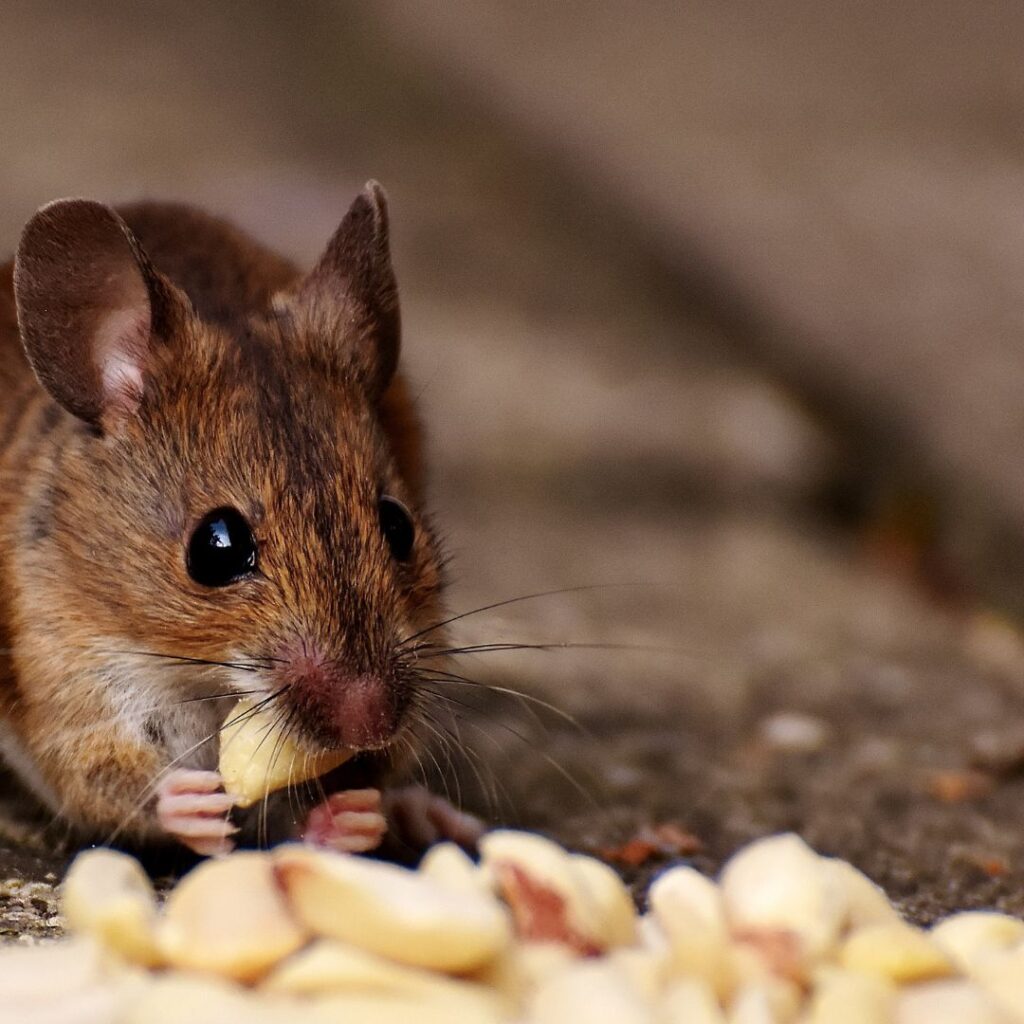Rat control methods in Melbourne
Introduction
Rats are one of the most common pests found in Melbourne, causing health problems and damaging properties. Rat control methods infestations requires a combination of methods, including baiting, trapping, fumigation, exclusion, and habitat modification. Each method has its own benefits and limitations, and the best approach will depend on the specific situation.
To effectively control rats, it is important to understand their behaviour and habitat, as well as the different control options available. By taking a comprehensive approach, property owners and pest control professionals can effectively manage rat populations and prevent future infestations.
The top 5 methods for controlling rat infestations:
- Baiting
Baiting is a popular method for controlling rat populations in Melbourne. This method involves placing toxic bait in areas where rats are known to be present. The rats consume the bait and die as a result. Baiting is most effective when placed in areas where rats are actively foraging for food and water. This method should be done in a safe and responsible manner, as the poison can be harmful to other animals and even humans if not handled properly. Baiting should be placed in tamper-proof bait stations to prevent access by children, pets, and non-target animals. It is important to monitor the bait stations regularly to ensure that the bait is not being consumed by unintended targets and to replenish the bait as needed. Baiting can be used as a standalone method or in combination with other rat control methods, such as trapping or exclusion, to achieve the best results.
2. Trapping
Trapping is another effective method for controlling rat populations in Melbourne. This method involves using traps to capture rats, which can then be humanely removed from the property. There are several types of traps available, including snap traps, glue traps, and live traps. Snap traps work by using a spring-loaded bar to quickly kill the rat when triggered. Glue traps work by using a sticky adhesive to immobilize the rat. Live traps allow for the capture of the rat without killing it, allowing for release into a natural habitat.
Trapping is most effective when placed in areas where rats are known to be active, such as near food and water sources. It is important to monitor the traps regularly and dispose of any captured rats promptly to reduce the risk of attracting scavengers or other pests. Trapping can be used as a standalone method or in combination with other rat control methods, such as baiting or exclusion, to achieve the best results.
It is important to note that trapping should only be done by individuals who are familiar with the proper handling and disposal of captured rats, and who are aware of any local regulations regarding trapping and the release of captured animals.
3. Fumigation
Fumigation is a method of rat control that involves the use of toxic gases to kill rodents. The process involves sealing a structure, such as a building, and introducing a fumigant gas, such as phosphine, to kill the pests. This method is typically used for large infestations and is carried out by licensed and trained professionals. Fumigation can be effective but has potential safety risks and should be approached with caution.
- Exclusion
Exclusion is a method of controlling rat populations by preventing them from entering a property. This involves sealing any cracks and holes in the building that may be used by rats as entry points. This method is most effective when used in conjunction with other control methods, such as baiting or trapping.
5. Habitat modification
Habitat modification involves making changes to the environment to make it less attractive to rats. This may include removing food and water sources, reducing hiding places, and removing debris and other clutter. By making the environment less hospitable to rats, you can reduce their population and make it easier to control them.
Conclusion
Controlling rat infestations in Melbourne requires a combination of methods. Baiting, trapping, fumigation, exclusion, and habitat modification are all effective methods for controlling rat populations. When used in conjunction with each other, these methods can help you achieve a successful outcome and prevent future infestations. It is important to remember that controlling rats requires patience, persistence, and a commitment to acting.

